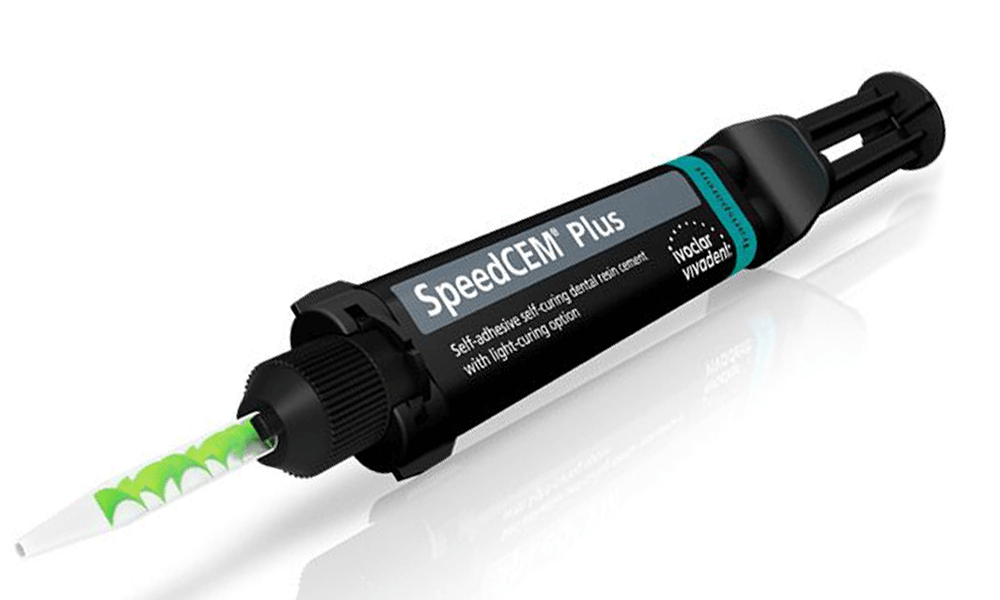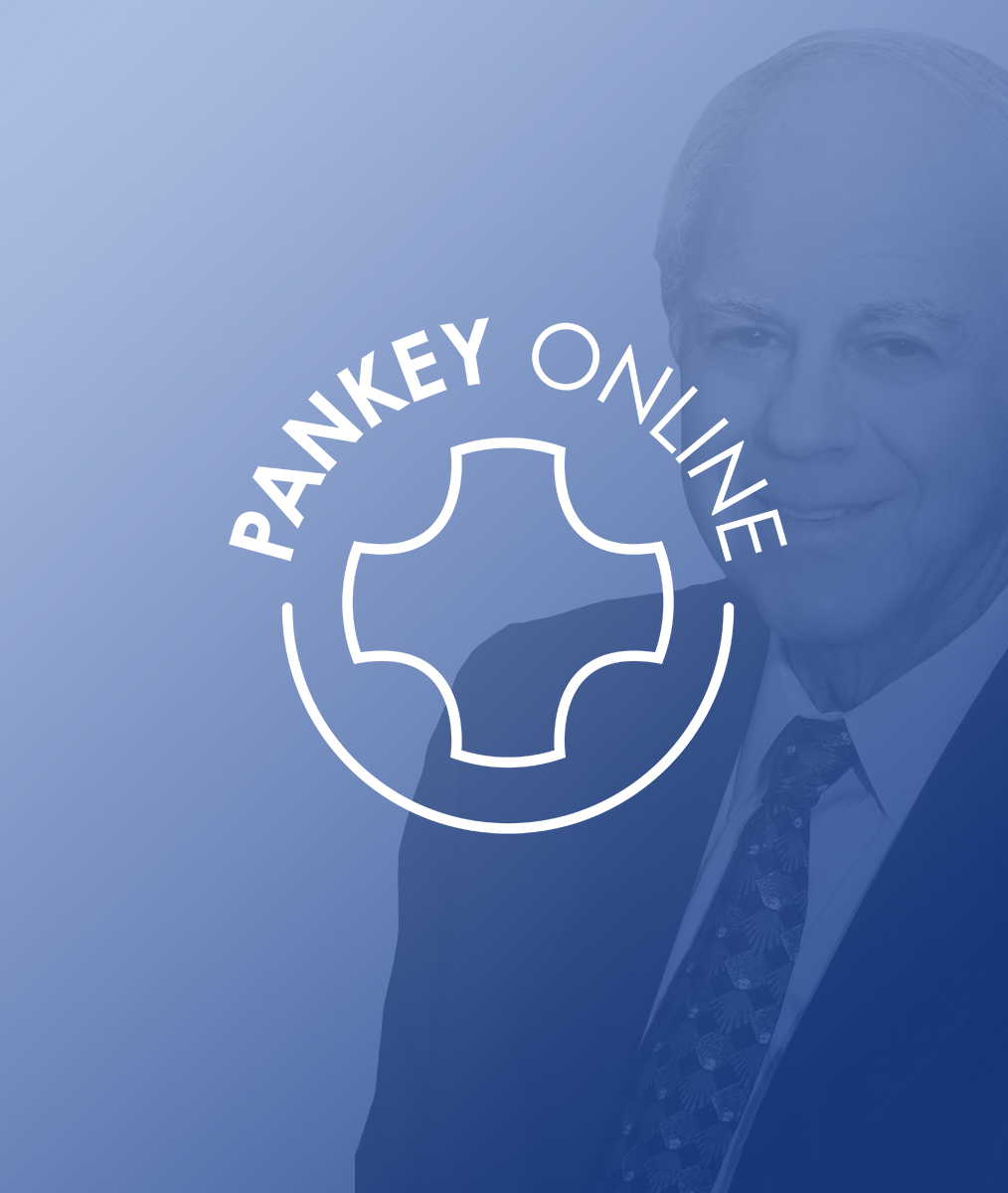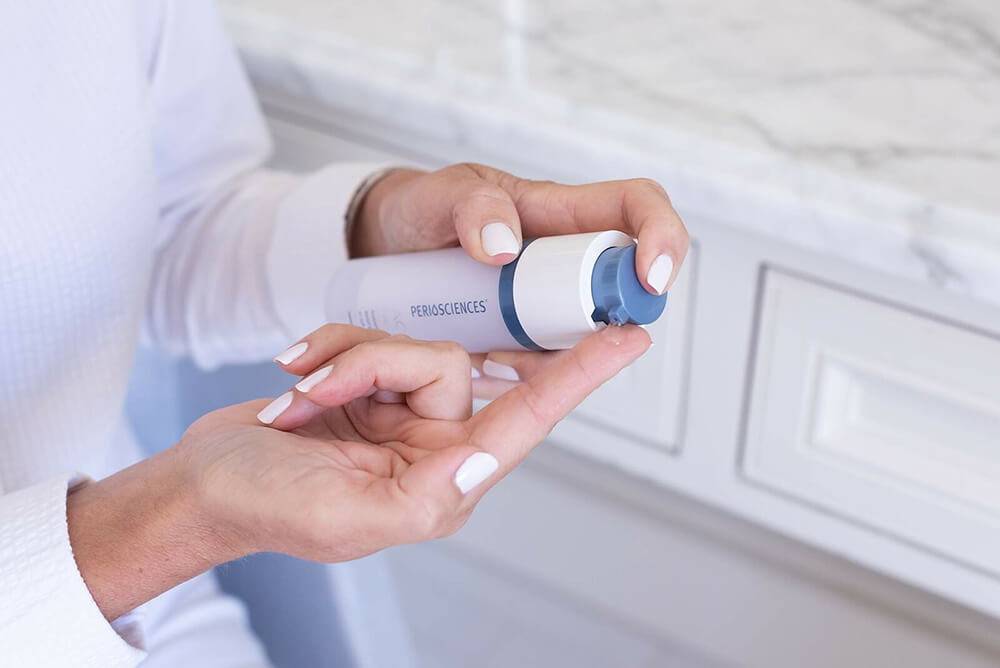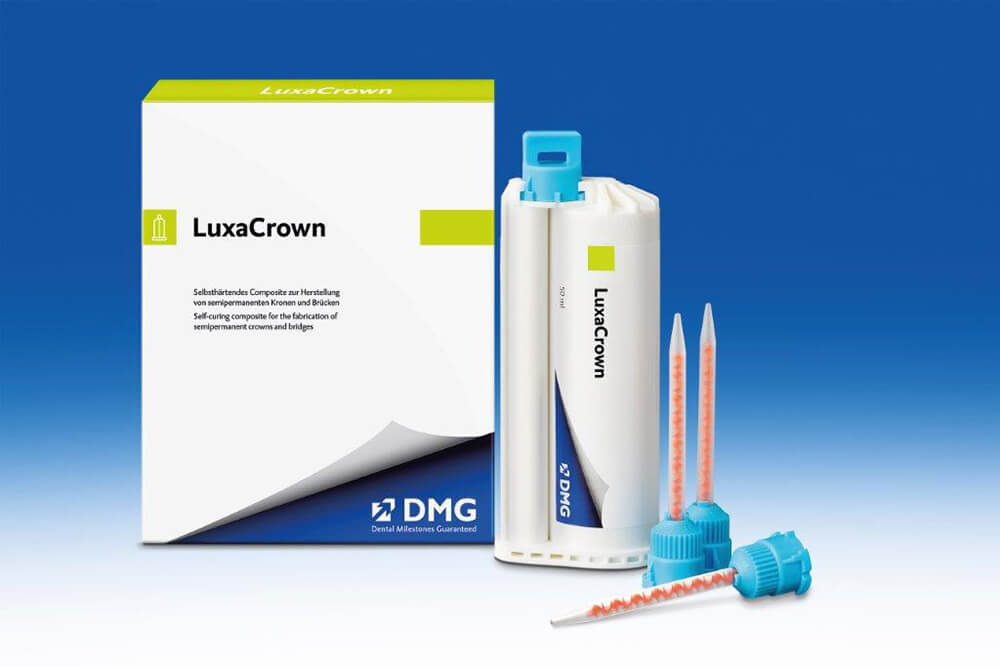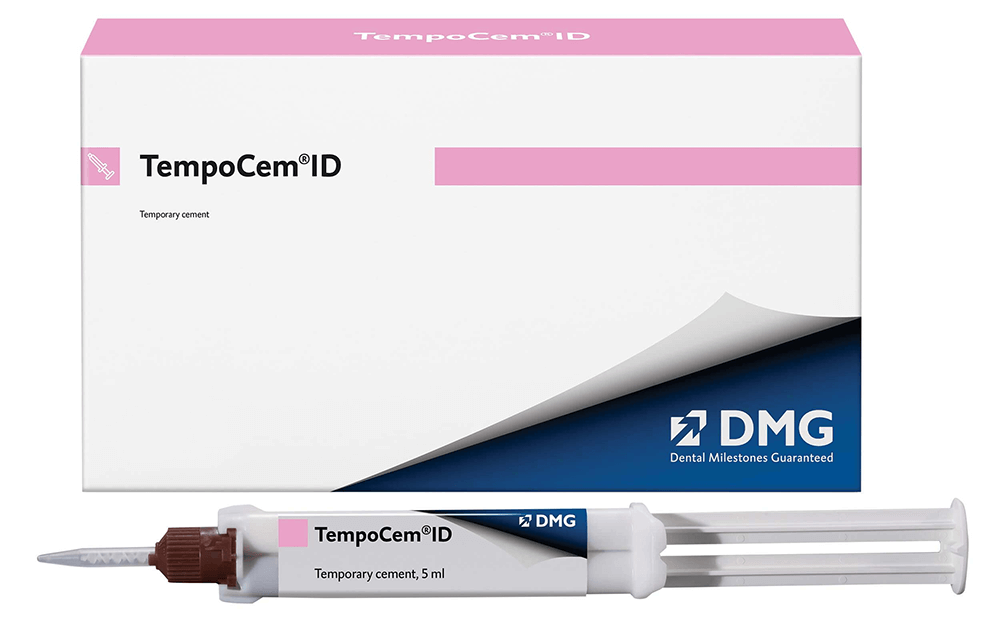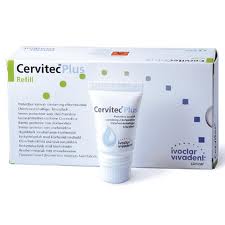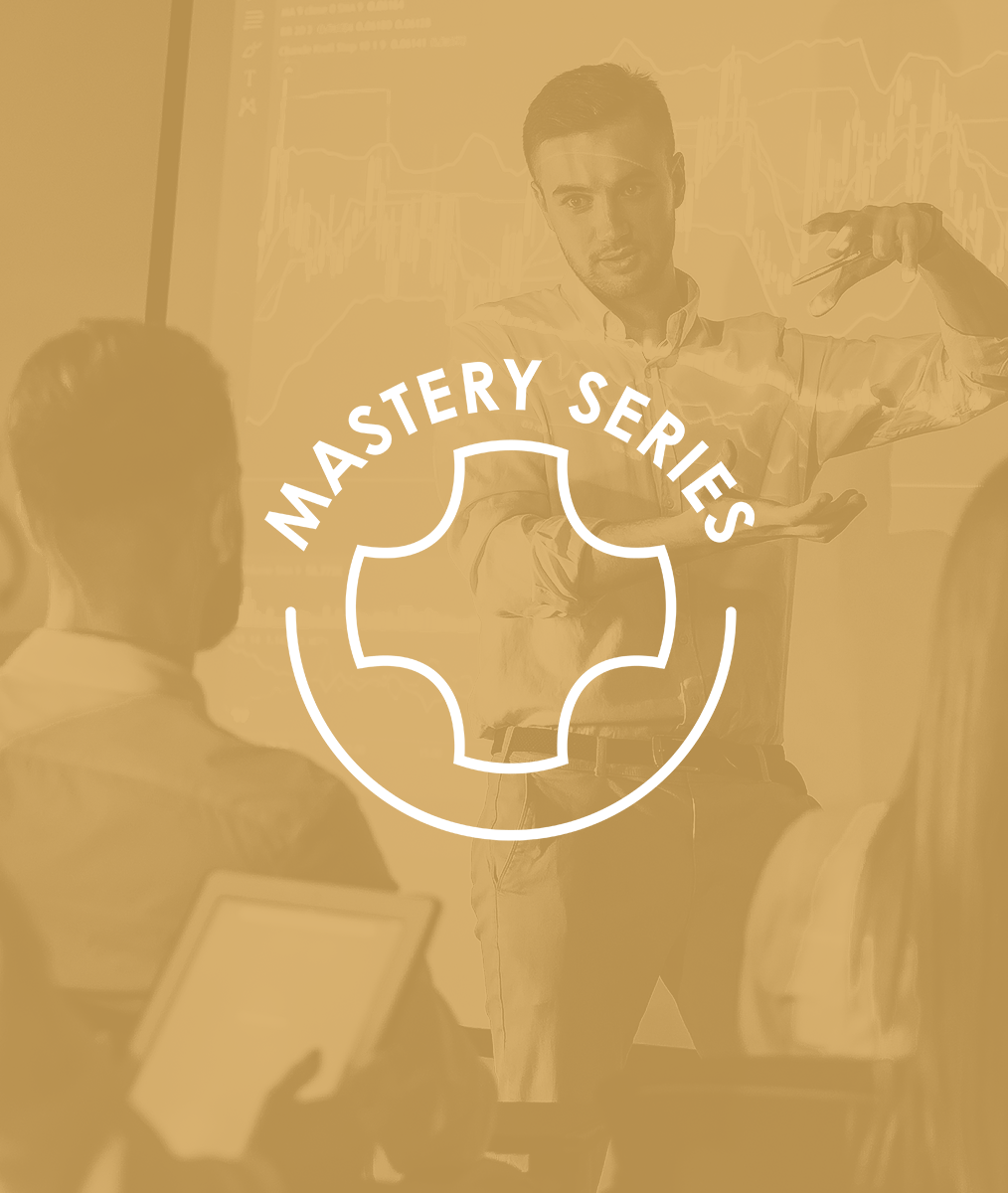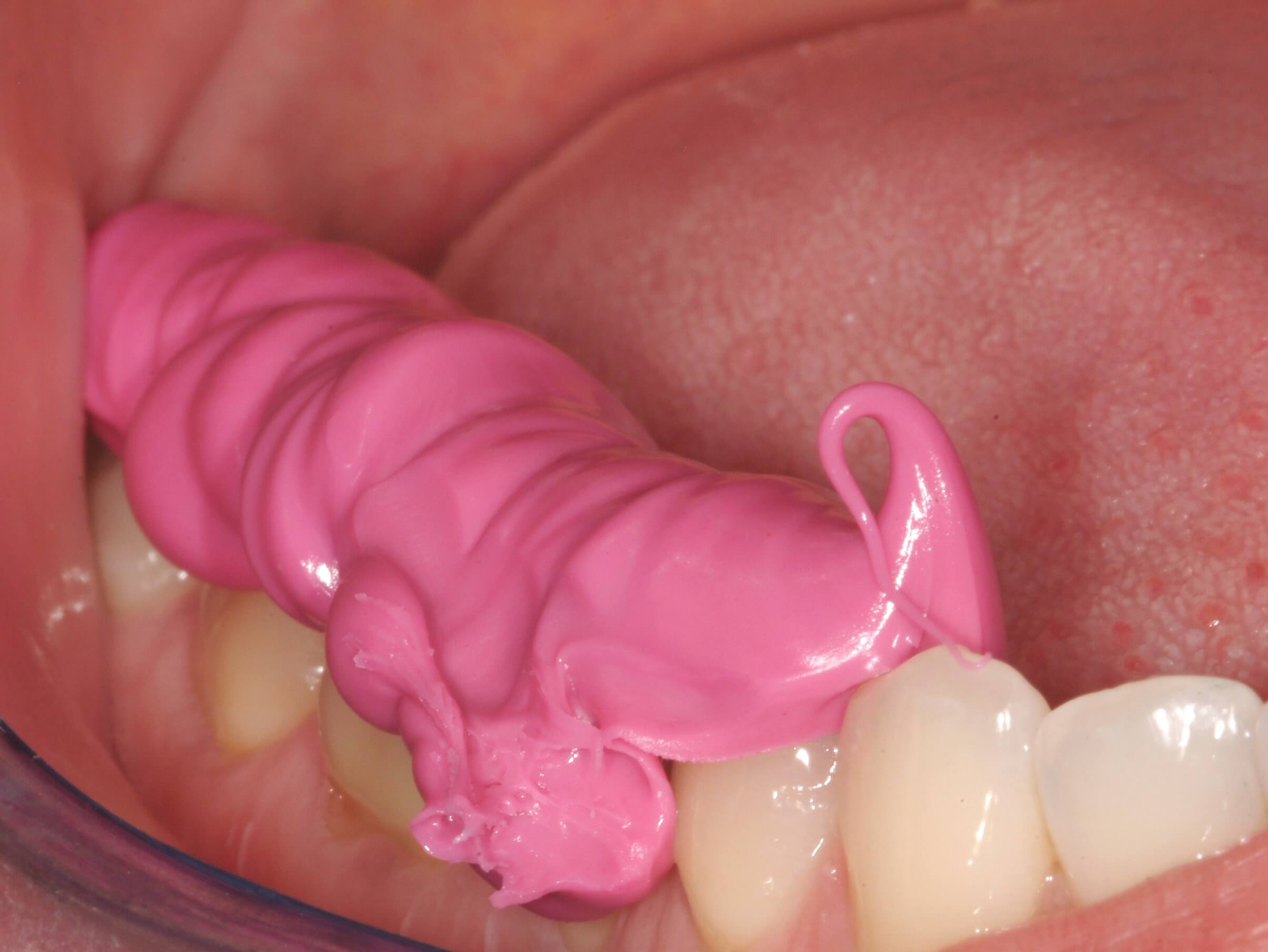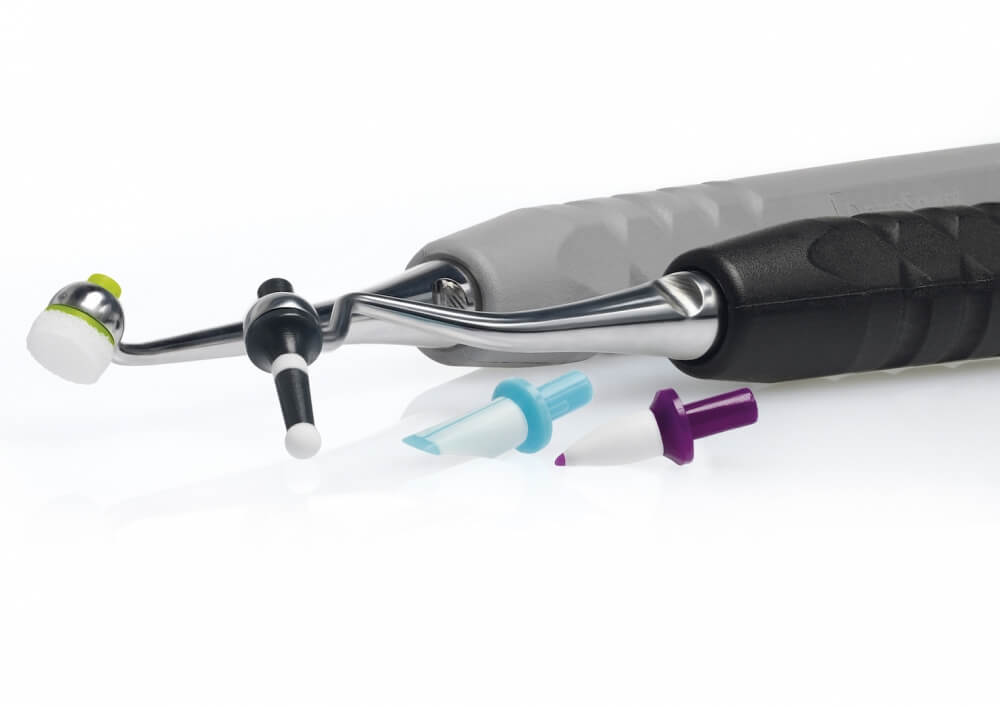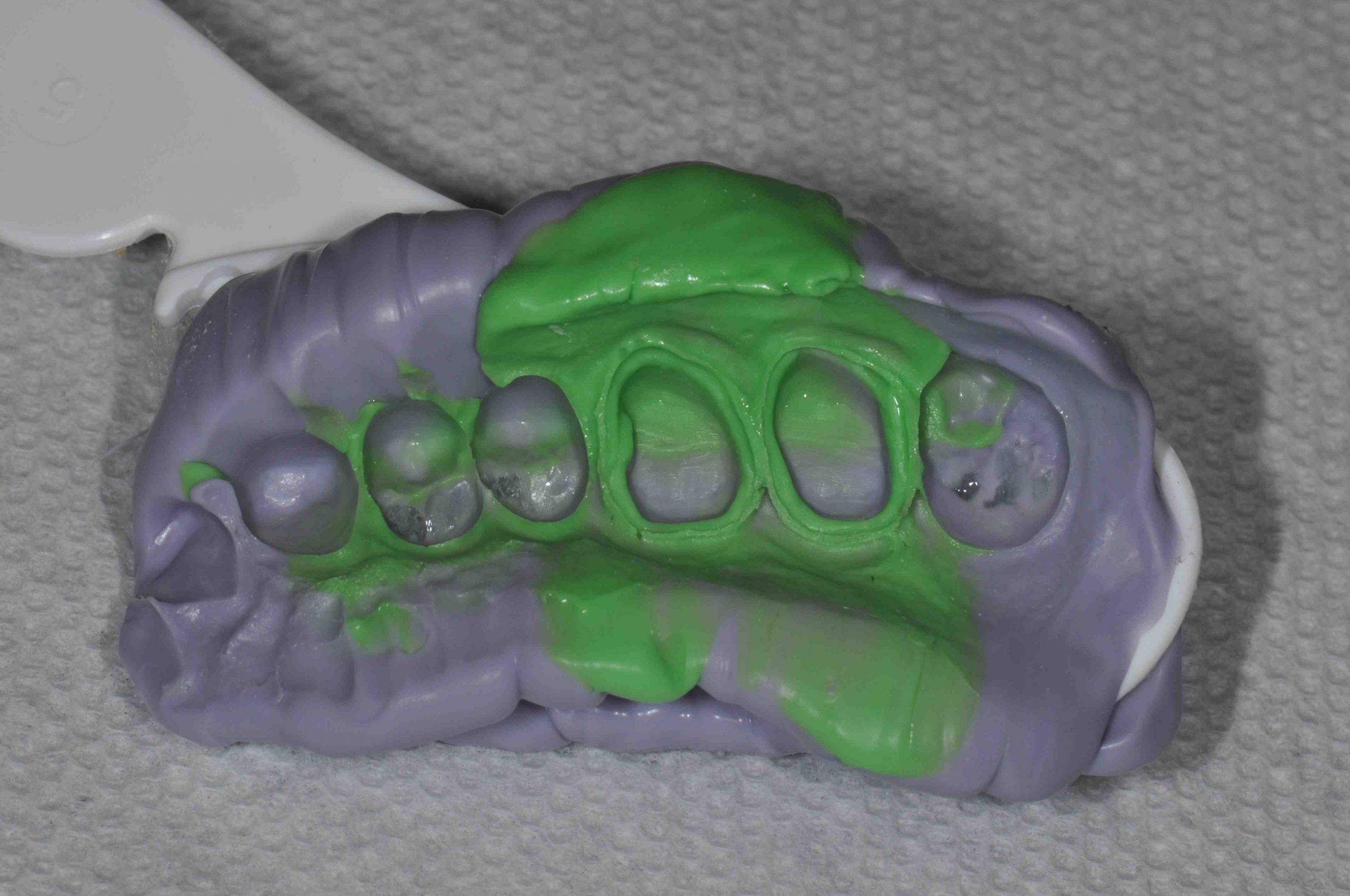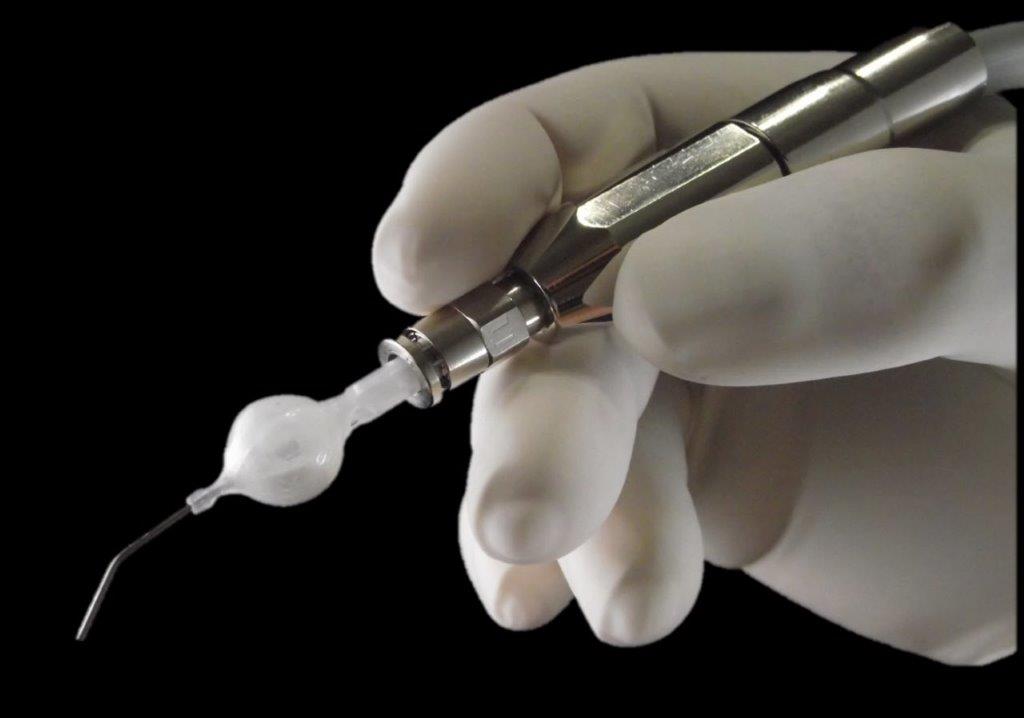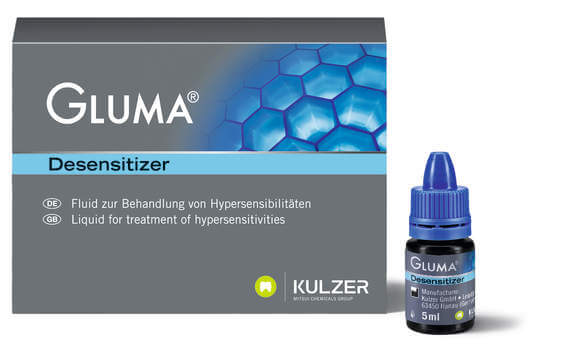SpeedCEM Plus: Techniques for Self-Adhesive Cementation
SpeedCEM Plus is a dual-cure self-adhesive resin cement from Ivoclar that has been designed to be used with restorations that have inherent mechanical retention. It can be used for most materials – all-metal restorations, zirconia oxide ceramics, or something in the lithium disilicate category. The material will fully pull MRIs on its own, but it can also be light-cured. It has great esthetics, low technique sensitivity from the standpoint of using the material, and great bond strength. It is easily cleaned up.
Prepping the Internal Surface of the Restoration
Oxide-based ceramic restorations are etched with air abrasion. Your laboratory can do this, or you can use between 30 and 50-micron aluminum oxide to air abrade the intaglio of the restoration. Confirm with your lab if they are going to be doing this.
The internal surface of lithium disilicate based restorations is etched using chemistry. You can use hydrochloric acid at 5% for no more than 20 seconds, or you can use an Ivoclar Vivadent product called Monobond Etch & Prime for 60 seconds.
If you try in the restoration after it has been etched, as I like to do, then the restoration will need to be cleaned again before it is bonded. For this cleaning purpose, I use Ivoclar Vivadent’s Ivoclean. It’s a phosphate-free restorative cleaning material that can be used on metal, oxide-based ceramic materials, and on lithium disilicate materials. I simply vigorously shake the bottle and apply Ivoclean for 20 to 30 seconds, rinse the restoration and dry it. I recommend using a clean air source for drying such as an Adec airline on your unit.
If you are going to use metal ceramics or lithium disilicate, you now need to condition the inside of the restorative material. I use the product Monobond Plus, which is appropriate for all kinds of materials.
If you are working with zirconia or an oxide-based ceramic, one of the advantages of SpeedCEM Plus is you do not have to do anything to the inside of the restoration other than the air abrasion and cleaning because the chemistry in the SpeedCEM Plus will prime or condition the inside of the zirconia restoration.
Prepping the Prepared Tooth
With SpeedCEM Plus, we do not need to do anything to the tooth prior to cementation other than cleaning the tooth. I like to clean the prepared tooth with light air abrasion and apply a 2% chlorhexidine solution to the prep and clean the tooth with a bristle brush in a slow-speed handpiece.
SpeedCEM Plus Application & Cure
After cleaning the prep, you can load the restoration with SpeedCEM Plus and seat the restoration. SpeedCEM Plus comes with a mixing tip through which you express the adhesive.
You now have two choices. You can hold the restoration in place with firm pressure and allow it to go to its self-cure mode which intraorally takes approximately 3 minutes. Alternatively, you can use your curing light to speed up the process.
After I seat the restoration, I like to check the margins with an explore to make sure I have not had a mis-seat and then I pick up my curing light and, at a distance of 1 to 10 mm, I cure for one second at each line angle. We call this the quarter technique… mesial buccal one second, distal buccal one second, mesial lingual one second and distal lingual one second. I can now quickly go in and clean up all excess cement, making sure I get excess cement out of the interproximals. It’s important to cure on the line angles, not just buccal and lingual, or you will leave a lot of material that doesn’t reach the gel phase interproximally.
Once all the excess material is cleaned off, I cover all of the margins with an oxygen barrier, and I do a 20-second cure on each of the four line angles using the quarter technique. The patient is good to go once you check the occlusion.
Notes
- SpeedCEM Plus comes in three shades
- It is designed to be capped in the refrigerator. Never remove the used mixing tip and put a new empty tip on as this would leave the base and catalyst at the ends of the barrel exposed to air. You can either replace the used mixing tip with the original manufacturer’s cap or leave the used mixing tip on and disinfect it just like you wipe your light-curing unit. I recommend you do the latter, as it decreases the risk of contaminating the resin and initiating the self-cure process in the barrel.
- Because the material is so versatile, you also can use it for placing your posts.
Related Course
Crown Lengthening: How It Will Enhance Your Restorative Results
DATE: January 24 2025 @ 2:00 pm - January 24 2025 @ 4:00 pmLocation: Online
CE HOURS: 2
Course Description: Frustrated by a cusp fractured below the gingiva, or prepping too far sub-gingivally? This lecture will illustrate solutions to these every day dental problems. In this program clinicians…
Learn More>
